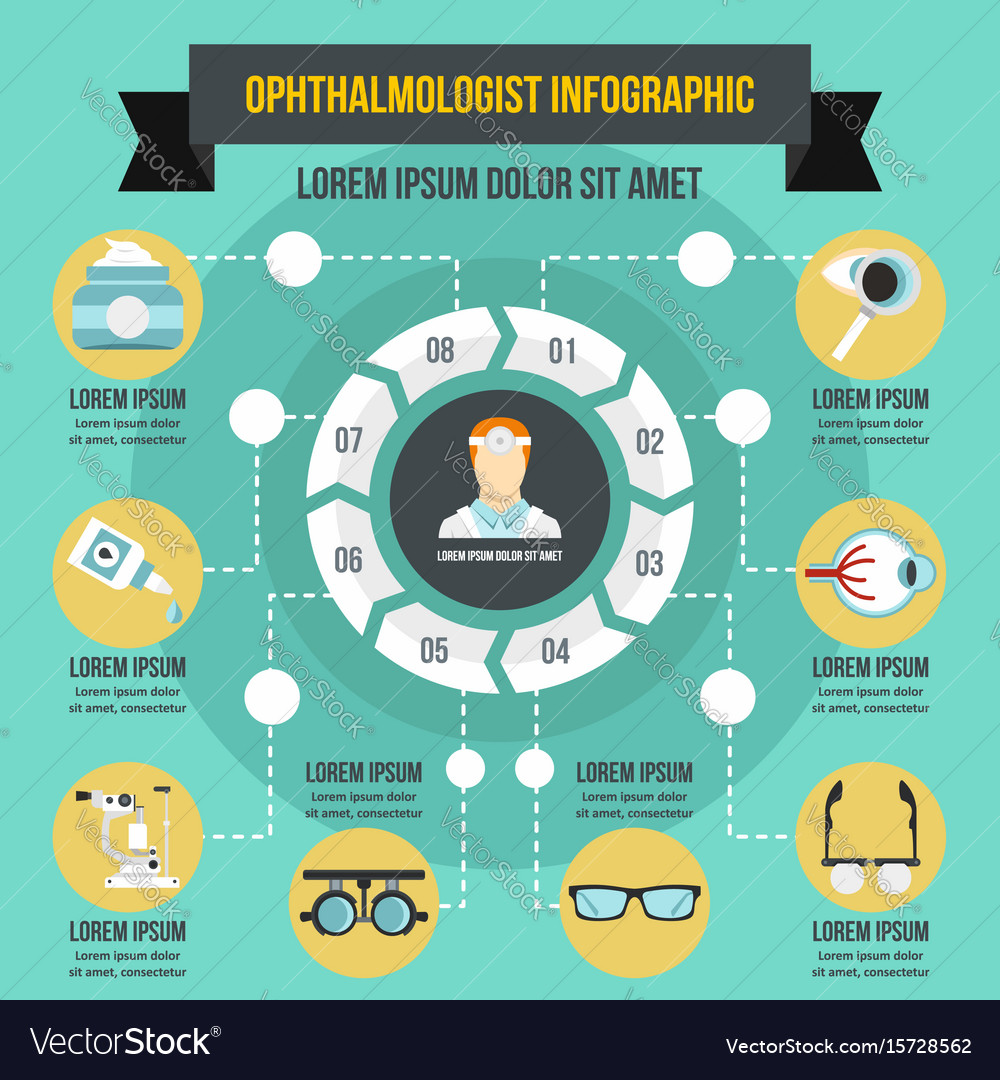If You Have Actually Attempted LASIK And You Are Not Pleased With Your Vision, You Might Want To Think About Refractive Lens Exchange

Content create by-Livingston Koenig
This is a laser-free alternative to LASIK that can be extremely valuable for numerous patients.RLE is a lens substitute surgical treatment that changes your eye's all-natural lens with a resilient fabricated lens. This procedure can improve your vision at near, intermediate and also distance.
1. Immediate Vision Improvement
Refractive Lens Exchange (RLE) is a very reliable alternative to LASIK for people with presbyopia or modest to serious farsightedness. This lens substitute procedure involves the surgical elimination of the all-natural lens and the substitute with a man-made intraocular lens.
This permanent lens is created to last the person's life time and offers regular concentrating power that does not decrease over time. This can be the only feasible choice for people with presbyopia or higher degrees of farsightedness that might not be prospects for LASIK, PRK or phakic IOL surgical treatment.
After Refractive Lens Exchange, most individuals observe prompt vision renovation and also can reduce their need for glasses or contacts. https://postheaven.net/madelyn953treena/cataract-surgical-procedure-is-a-secure-effective-way-to-remove-the-cloudy of this renovation will certainly depend on the sort of lens your medical professional picks and the lifestyle you lead.
In https://blogfreely.net/le489karissa/cataract-surgical-treatment-is-a-risk-free-reliable-procedure-that-recovers following your RLE, you will likely experience some eye redness, which is a typical part of the recovery process. If this soreness ends up being uncomfortable or blurry, look for prompt care from your doctor.
2. Less Risk of Cataracts
RLE is a very popular refractive eye surgical procedure that can fix both nearsightedness and also hyperopia, in addition to presbyopia. Like LASIK, it makes use of an intraocular lens (IOL) that changes the all-natural lens.
Contrasted to LASIK, RLE is less intrusive and also does not have the very same threats that come with LASIK. The lens is implanted inside of the eye rather than outside, which makes it less most likely for difficulties to establish.
In addition, the modern technology for IOLs is constantly boosting. Brand-new premium IOLs can act like bifocal or trifocal glasses, offering individuals a superb range of vision.
https://azbigmedia.com/business/health-care/when-is-lasik-eye-surgery-a-good-idea/ of RLE over LASIK is that the lens can be replaced as well as exchanged must the individual not adjust to the side results of a specific lens. This is especially valuable for those who are young but still have high degrees of nearsightedness or hyperopia, or those with inadequate vision but who do not have cataracts.
3. No Demand for Reviewing Glasses
If you are a person who has LASIK as well as are experiencing trouble seeing nearby things plainly, Refractive Lens Exchange may be right for you. This treatment gets rid of the all-natural lens and changes it with a fabricated intraocular lens to boost vision as well as stop cataracts.
Refractive Lens Exchange is additionally a choice for clients who want to get rid of the demand for reviewing glasses after LASIK. This procedure is most often utilized for people with presbyopia (the requirement for checking out glasses after the age of 40) or higher degrees of farsightedness or nearsightedness, where LASIK can not supply enough improvement.
The eye's all-natural lens modifications and becomes thicker and also harder as you get older, causing presbyopia. This triggers a loss of capacity to concentrate on close to objects, which is why many individuals are called for to put on analysis glasses as they age.
4. Shorter Healing Duration
LASIK recovery periods are short, and lots of people experience a dramatic renovation in their vision right after surgical treatment. Nevertheless, healing time can vary for each individual person.
Some LASIK individuals may experience a momentary period of blurred vision, halos or glow during the post-operative healing procedure. These signs and symptoms will fade in time as the eyes adjust to their new lenses.
Refractive Lens Exchange, or RLE, is a refractive surgical treatment that replaces the all-natural lens in the eye with a fabricated intraocular lens (IOL). This treatment can fix severe refractive errors and minimize or get rid of the need for glasses or call lenses.
Refractive Lens Exchange is slightly much more invasive than laser-based refractive surgical procedures like LASIK and also PRK, yet it's a popular option for people wanting to decrease or remove their dependence on glasses and contacts. The procedure uses a more customized as well as thorough treatment, while ensuring very little risks and also one of the most exact vision correction.

